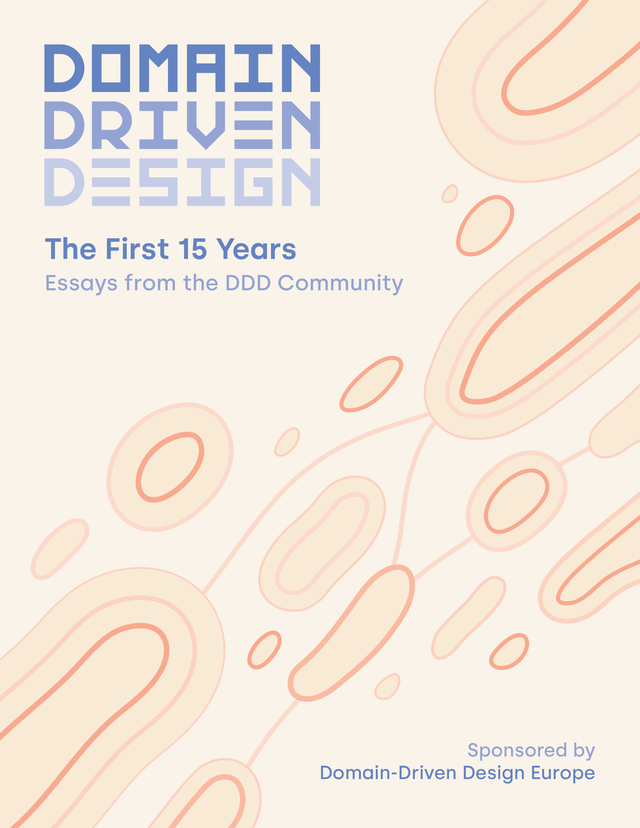If you are into DDD and you want to have a heads up what happened in the DDD community since the release of the “blue book” by Eric Evans, Domain Driven Design – The first 15 years is a must read.
Fifteen years after the publication of "Domain-Driven Design: Tackling Complexity in the Heart of Software" by Eric Evans, DDD is gaining more adoption than ever. To celebrate the anniversary, we've asked prominent authors in the software design world to contribute old and new essays.
The book was released in 2015 so maybe it becomes time for another update, but until that happens you can read this edition.
